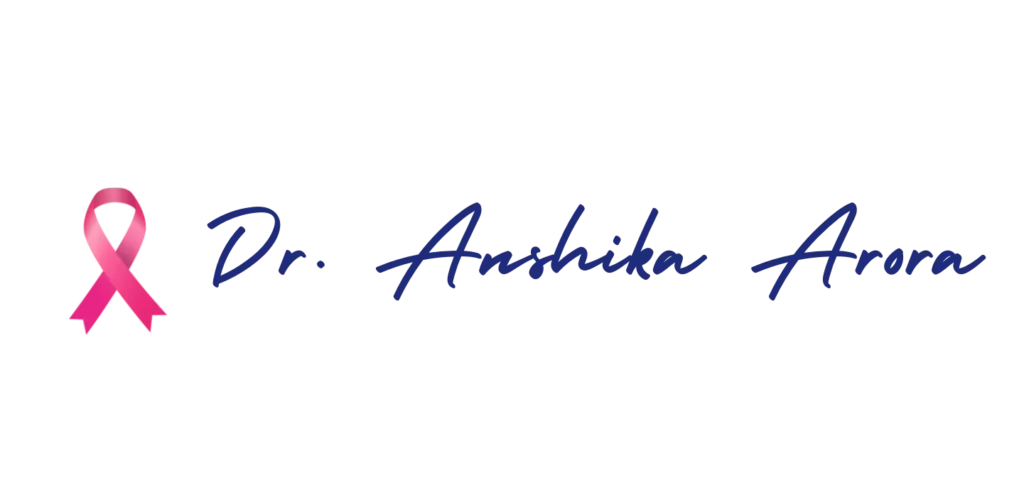The Power of Early Detection: How Early Breast Cancer Saves Lives
Breast cancer remains one of the most common cancers women worldwide, and sadly, it is often detected in later stages when treatment options may be more limited and less effective. However, advances in medical technology and awareness in recent years have highlighted a crucial fact: **the sooner breast cancer is detected, the better the chances survival**. But does early detection really mean and how can it save lives In this article, we will explore the importance of early detection, various screening methods, and real-life stories that show just how impactful timely intervention can be.
Understanding Early Detection
Early detection refers to finding cancer at its earliest stage, before symptoms appear. This can significantly impact treatment success and patient outcomes. But why is this important?
The Statistics Behind Early Detection
- According to the American Cancer Society, the five-year survival rate for localized breast cancer is 99%, compared to only 27% when breast cancer has spread to distant parts of the body.
- Screening can lead to earlier stage diagnoses. Mammograms have been shown to reduce breast cancer mortality by up to 30% among women aged 40 to 74.
These statistics highlight a vital truth: detecting breast cancer early can transform the prognosis.
Screening Methods: Finding the Best Fit
There are several screening methods available today, each serving different needs and patient circumstances.
Mammograms: The Gold Standard
A mammogram is an X-ray image of the breast that can detect early signs of breast cancer.
- Routine Screening: It is generally recommended that women start annual screenings at age 40, though those with higher risk factors may start earlier.
“Mammograms can find tumors that are too small to be felt, which is key for raising the chances of successful treatment.”
Self-Examination: A Personal Approach
Self-exams can complement clinical screenings and empower women to be proactive about their health.
- Monthly Checks: Familiarizing oneself with normal breast texture and appearance can help in noticing any changes that warrant medical review.
Clinical Breast Exams: Professional Insight
A healthcare provider should also perform clinical breast exams.
- Annual Check-Ups: Regular visits to a doctor can help in professional assessment and timely referrals for further evaluations when necessary.
The Role of Technology in Early Detection
Advancements in technology have revolutionized breast cancer detection and screening.
3D Mammography (Tomosynthesis)
- This technique provides a more detailed view of the breast tissue, greatly improving the detection of small cancers while also reducing false positives.
MRI and Ultrasound
- For women at high risk or with complicated breast tissue, MRI and ultrasound can provide additional insights that other methods may miss.
Real-Life Stories: The Impact of Early Detection
Nothing underscores the importance of early detection like personal stories.
Story of Hope: Jane's Journey
Jane, a 42-year-old mother of two, diligently went for her annual mammogram. Despite having no visible symptoms, her results indicated small microcalcifications. Thanks to the early detection, Jane underwent targeted treatment and is now cancer-free.
“I always thought it couldn’t happen to me. The fact that I went for my yearly check-up saved my life,” she emphasizes.
A Cautionary Tale: Emily's Experience
In contrast, Emily waited until a lump was palpable, delaying her check-up due to fear and uncertainty. By the time she was diagnosed, her cancer had advanced significantly, leading to a grueling treatment process and a lengthy recovery.
Benefits Beyond Survival
Early detection does not only improve survival rates but also enhances the overall quality of life for survivors.
- Less Aggressive Treatment: Early-stage breast cancer often requires less intensive treatment modalities, resulting in reduced side effects and quicker recovery.
- Increased Options: Knowing cancer is caught early provides patients with a broader range of treatment options, empowering them in their health journey.
Conclusion
The message is clear: **early detection saves lives**. From routine mammograms to personal vigilance through self-exams, taking proactive steps can dramatically influence outcomes for those diagnosed with breast cancer.
As we navigate through life, it’s crucial to prioritize health check-ups and educate not only ourselves but also our loved ones about the importance of breast cancer awareness. Together, we can change the narrative, ensuring more women catch cancer early, stand stronger, and emerge victorious.
Call to Action
If you or someone you know is due for a screening, don’t wait. Schedule an appointment today! It could make all the difference.
For more information and resources on breast cancer detection and support, consider visiting the https://dranshikaoncologist.in/
***
By actively engaging in preventive practices and inspiring discussions about early detection, we can collectively build a healthier future. Remember, knowledge is power—don’t hesitate to share these insights!


